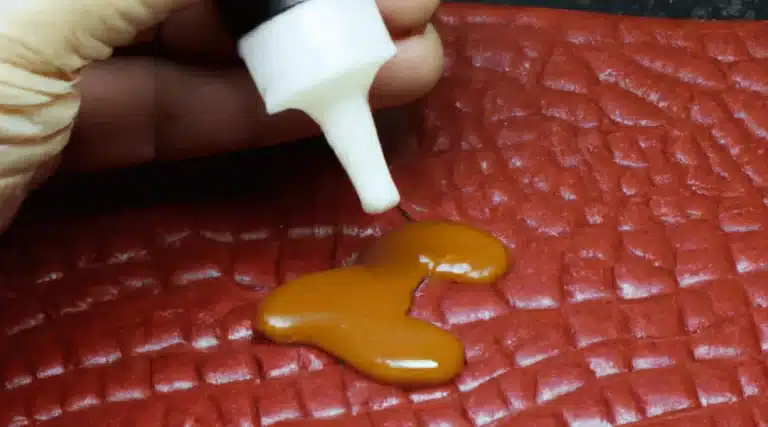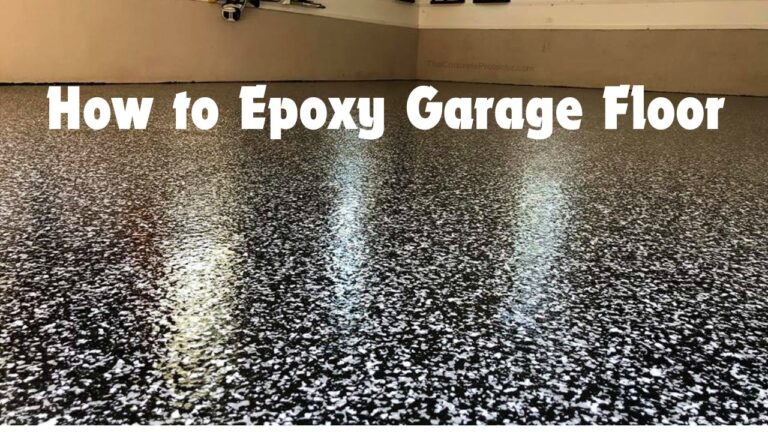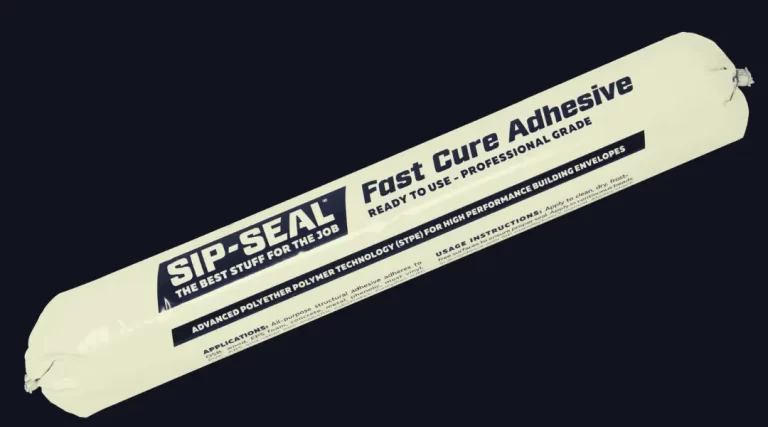Introduction to High-Strength Glue
Welcome to the ultimate guide on high-strength glue! Whether you’re a DIY enthusiast, a professional craftsman, or just someone who loves fixing things around the house, understanding the power of high-strength glue is essential. This comprehensive article will take you on a journey through the world of strong adhesives, revealing their types, applications, advantages, and potential drawbacks. So, buckle up and get ready to explore the realm of bonding excellence!
Understanding Different Types of High-Strength Glues
A. Epoxy Glue: A Powerful Bonding Agent
Epoxy glue is the unsung hero of adhesives, known for its unmatched strength and versatility. When you mix the resin and hardener components, a chemical reaction occurs, creating an incredibly durable bond. Epoxy is ideal for bonding materials like metal, wood, glass, and ceramics, making it indispensable in various industries.
B. Cyanoacrylate (Super Glue): Instant Stickiness
Known by its popular name, super glue, cyanoacrylate is celebrated for its rapid bonding properties. It forms a strong bond in seconds, making it perfect for quick repairs. However, be cautious with its application, as it can stick to skin and eyes. Super glue is a go-to option for fixing household items, shoes, and even crafting delicate pieces.
C. Polyurethane Adhesive: Tough and Resilient
Polyurethane adhesive is renowned for its toughness and ability to withstand challenging environments. It is highly resistant to water, heat, and chemicals, making it ideal for outdoor projects and applications exposed to extreme conditions. This adhesive is excellent for bonding materials like rubber, plastic, and foam.
D. Acrylic Adhesive: A Jack-of-all-Trades Glue
Acrylic adhesive is a versatile option that boasts quick setting times and strong bonding capabilities. It works wonders on both porous and non-porous surfaces, bonding materials like metal, glass, plastic, and fabric. Acrylic adhesives are commonly used in construction, automotive, and electronic industries.
E. Silicone Adhesive: Flexible and Heat-Resistant
Silicone adhesive is the go-to option for applications that require flexibility and resistance to high temperatures. It creates a strong bond while allowing for movement, making it suitable for bonding materials that undergo expansion and contraction. Silicone adhesives are widely used in automotive and electronic applications.
F. Anaerobic Adhesive: Ideal for Threadlocking
Anaerobic adhesive is a specialized glue used primarily for threadlocking and sealing applications. It remains in liquid form until it’s confined in the absence of air, where it cures to form a solid and durable bond. It is commonly used in automotive and machinery assembly.
The Pros of High-Strength Glue
A. Exceptional Bonding Strength
One of the most significant advantages of high-strength glue is its exceptional bonding strength. When applied correctly, these adhesives create bonds that can withstand substantial forces and resist deterioration over time.
B. Versatility and Compatibility
High-strength glues come in various formulations, each tailored for specific materials and applications. This versatility ensures that you can find the right adhesive for any bonding task, from delicate crafts to heavy-duty repairs.
C. Suitable for Various Materials
Whether you’re bonding metal, wood, plastic, glass, ceramics, or rubber, there’s a high-strength glue that’s perfect for the job. This adaptability makes these glues indispensable in numerous industries and everyday tasks.
D. Fast and Efficient Bonding
With many high-strength glues offering rapid curing times, you can complete projects quickly and efficiently. No more waiting for hours or days for the adhesive to dry – some glues bond in just a matter of seconds!
E. Resistant to Harsh Conditions
High-strength glues, particularly polyurethane and silicone adhesives, exhibit excellent resistance to water, heat, and chemicals. This resilience allows them to maintain their integrity even in challenging environments.
The Cons of High-Strength Glue
A. Limited Flexibility
As these glues create incredibly strong bonds, they often lack flexibility. In applications where materials may expand or contract, a more flexible adhesive might be necessary to avoid potential failures.
B. Irreversible Bonds
Once high-strength glue sets and cures, the bond becomes permanent and difficult to undo. Unlike mechanical fasteners or low-strength adhesives, there’s little room for adjustments or repositioning.
C. Potential Health Hazards
Certain high-strength glues, such as cyanoacrylate, can emit fumes that may irritate the eyes, nose, or throat. Proper ventilation and safety precautions are essential during application to avoid health issues.
D. Temperature Sensitivity
Not all high-strength glues are suitable for extreme temperatures. While some can withstand heat, others may lose their bonding strength or become brittle in very cold conditions.
Popular Uses of High-Strength Glue
A. Woodworking Projects: Crafting Masterpieces
From building furniture to assembling intricate wooden structures, high-strength glues like epoxy and polyurethane play a vital role in woodworking projects. They provide durable bonds that ensure the longevity of the creations.
B. Metal Fabrication: Strong and Seamless Joins
In metalworking and fabrication, high-strength glues aid in bonding metal pieces together. This creates seamless joins without the need for welding or mechanical fasteners, resulting in clean and visually appealing finishes.
C. Automotive Repairs: Fixing with Confidence
High-strength glues are commonly used in automotive repairs, from mending broken plastic parts to securing trims and badges. Their strength and efficiency reduce repair time and provide reliable results.
D. DIY Home Repairs: Tackling Household Mishaps
For quick fixes around the house, super glue and other high-strength adhesives are a homeowner’s best friend. They can mend ceramics, repair broken toys, and fix loose furniture joints.
E. Electronics and Circuit Repairs: Precision Bonding
In the world of electronics, where delicate components require precision bonding, high-strength glues come to the rescue. They ensure stable connections and secure components on circuit boards.
F. Jewelry and Crafts: Creating Artistic Delights
For artists and crafters, high-strength glues open up a world of possibilities. Whether designing jewelry or crafting sculptures, these adhesives provide reliable bonds for a myriad of materials.
How to Use High-Strength Glue Effectively
A. Surface Preparation: The Key to Success
Before applying high-strength glue, proper surface preparation is crucial. Clean the surfaces to be bonded, removing dust, grease, and any contaminants that may hinder adhesion.
B. Applying the Glue: Less is More
When applying high-strength glue, remember that a little goes a long way. A thin, even layer is often sufficient to achieve a strong bond. Applying too much glue can lead to messy applications and longer curing times.
C. Proper Bonding Techniques: A Delicate Balance
Follow the recommended bonding techniques for the specific glue you’re using. Some glues may require clamping or applying pressure during curing, while others may bond best without external force.
D. Curing and Drying Time: Be Patient
High-strength glues typically have curing times listed on their packaging. Be patient and allow the adhesive enough time to fully cure before subjecting the bonded materials to stress or load.
Tips and Tricks for Working with High-Strength Glue
A. Storing Glue Properly: Preserve Shelf Life
To extend the shelf life of high-strength glues, store them in a cool and dry place, away from direct sunlight. Proper storage ensures that the adhesive remains in optimal condition for future use.
B. Preventing Clogging of Dispensers: Keep It Flowing
For glues with dispensers, such as super glue, avoid clogs by wiping the nozzle clean after each use. Additionally, store these glues with the nozzle facing upwards to prevent them from drying out.
C. Avoiding Common Mistakes: Learn from Experience
Mistakes happen, but learning from them is essential. If you experience a bonding failure, analyze what went wrong and adjust your application techniques accordingly.
D. Removing Excess Glue: Tidy Up with Care
If you accidentally apply too much glue, wait for it to partially cure and then carefully trim away the excess with a sharp blade. Be cautious not to damage the bonded materials in the process.
Safety Measures and Precautions
A. Protective Gear: Safety First
When working with high-strength glues, especially those emitting fumes or known to irritate the skin, wear protective gear, such as safety goggles and gloves, to safeguard yourself.
B. Adequate Ventilation: Breathe Easy
Ensure proper ventilation in your workspace to prevent the buildup of fumes. Open windows or use exhaust fans to maintain fresh air circulation.
C. Safe Handling and Storage: Keep Out of Reach
Keep high-strength glues out of reach of children and pets. Store them in a secure location, far from the curious hands of little ones.
Conclusion
In conclusion, high-strength glue is a game-changer in the world of bonding and repairs. With various types catering to different needs, these adhesives offer exceptional strength and versatility. From woodworking to electronics, automotive repairs to DIY home projects, high-strength glue proves its worth in numerous applications.
By following proper techniques, taking safety precautions, and choosing the right glue for the job, you can unleash the full potential of these powerful bonding agents and tackle any project with confidence.




